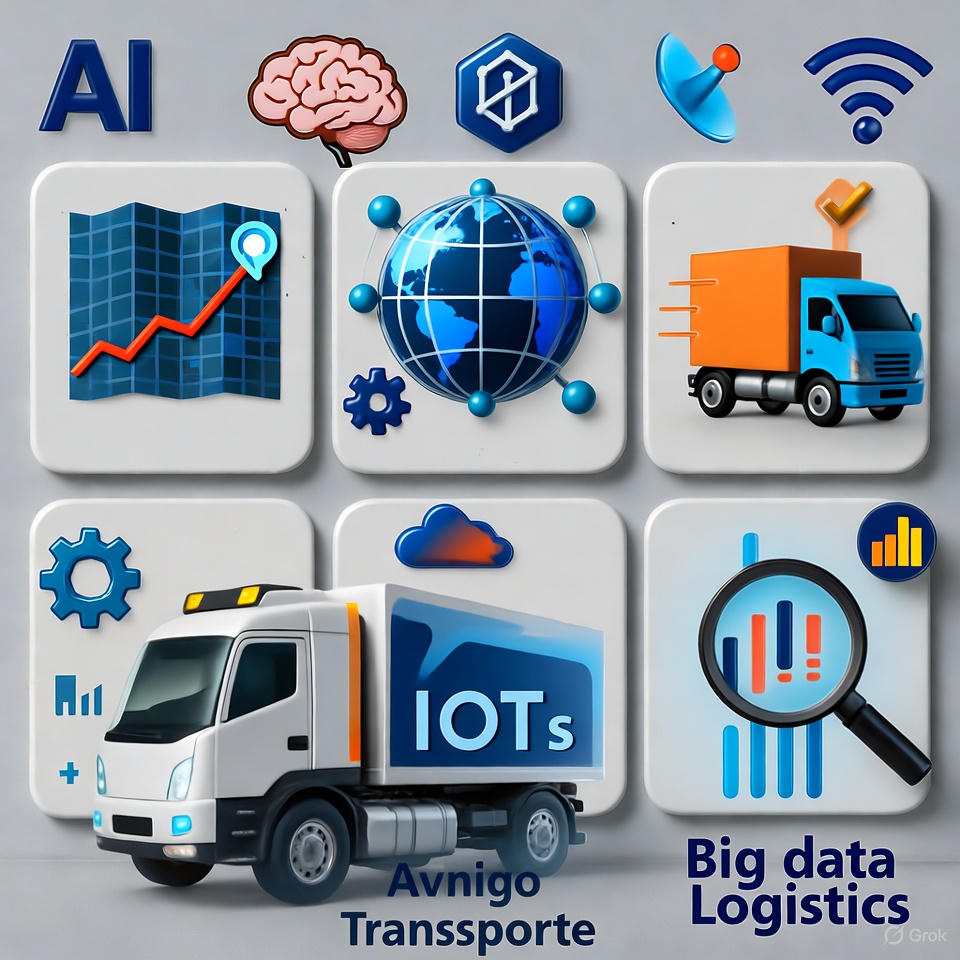The logistics and shipping industry is evolving rapidly, driven by technological advancements, global economic shifts, and a growing emphasis on sustainability. As we move through 2025, businesses in this sector are adapting to new challenges like supply chain disruptions and environmental regulations. In this post, we’ll explore key trends shaping the future of the logistics and shipping industry, helping companies stay competitive in a dynamic market.
1. Emphasis on Sustainability and Green Logistics
Sustainability has become a cornerstone for the logistics and shipping industry. With increasing pressure from regulations and consumer demand, companies are shifting toward eco-friendly practices. For instance, the adoption of electric vehicles and low-emission shipping methods is on the rise. Organizations like Maersk are leading initiatives in green logistics, including biofuel usage and carbon-neutral shipping routes. To learn more about global sustainability efforts, check out the International Maritime Organization’s guidelines.
2. AI and Automation Integration
Artificial Intelligence (AI) is revolutionizing operations in the logistics and shipping industry. From predictive analytics for demand forecasting to automated warehousing, AI helps reduce costs and improve efficiency. Tools like digital twins—virtual replicas of physical assets—are enabling better simulation and planning. For deeper insights, refer to Forbes’ article on supply chain trends.
3. Enhanced Supply Chain Visibility and IoT
Real-time tracking through the Internet of Things (IoT) is providing unprecedented visibility in supply chains. This trend allows for better inventory management and quicker response to disruptions. Blockchain technology is also being integrated to ensure transparency and security in transactions. Explore more on this at Maersk’s logistics trend map.
4. Slowing Maritime Trade Growth and Resilience Strategies
While overall growth in maritime trade is expected to stall at around 0.5% in 2025 due to geopolitical tensions and economic uncertainties, resilience is key. Companies are diversifying routes and investing in risk management to mitigate impacts. The UNCTAD Review of Maritime Transport offers detailed analysis on these projections.
5. Rise of Autonomous Vehicles and Freight Tech
Autonomous vehicles (AVs) and advanced freight technologies are set to transform ground and air logistics. This includes drone deliveries and self-driving trucks, which promise faster and safer operations. Additionally, quantum computing is emerging as a tool for optimizing complex routing problems. For industry reports, visit Uber Freight’s predictions.
Conclusion
As the logistics and shipping industry navigates 2025, embracing these trends will be crucial for success. By focusing on innovation, sustainability, and resilience, businesses can thrive amid uncertainties. Stay updated with resources from Inbound Logistics to keep your strategies ahead of the curve.




Leave a Reply